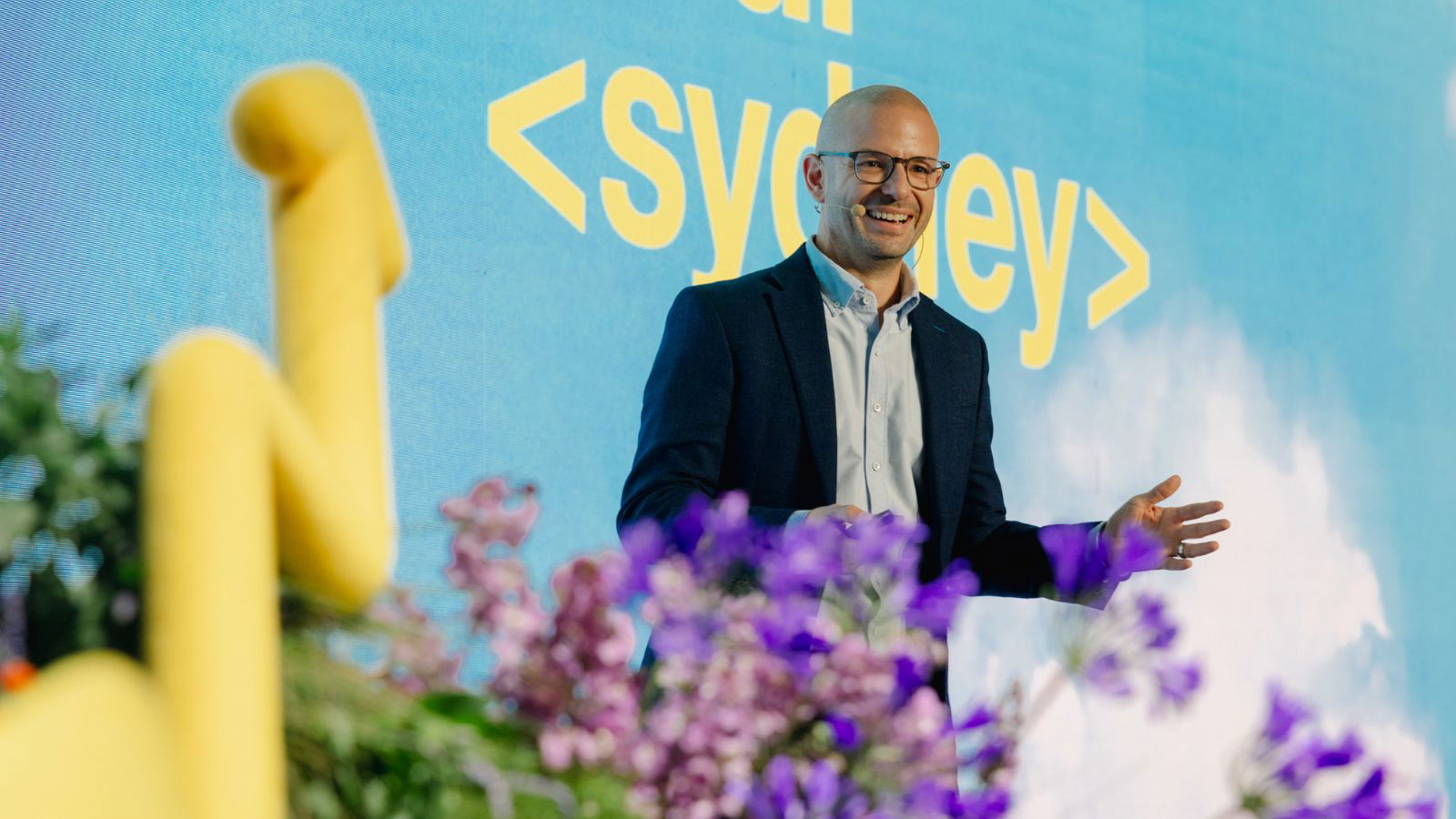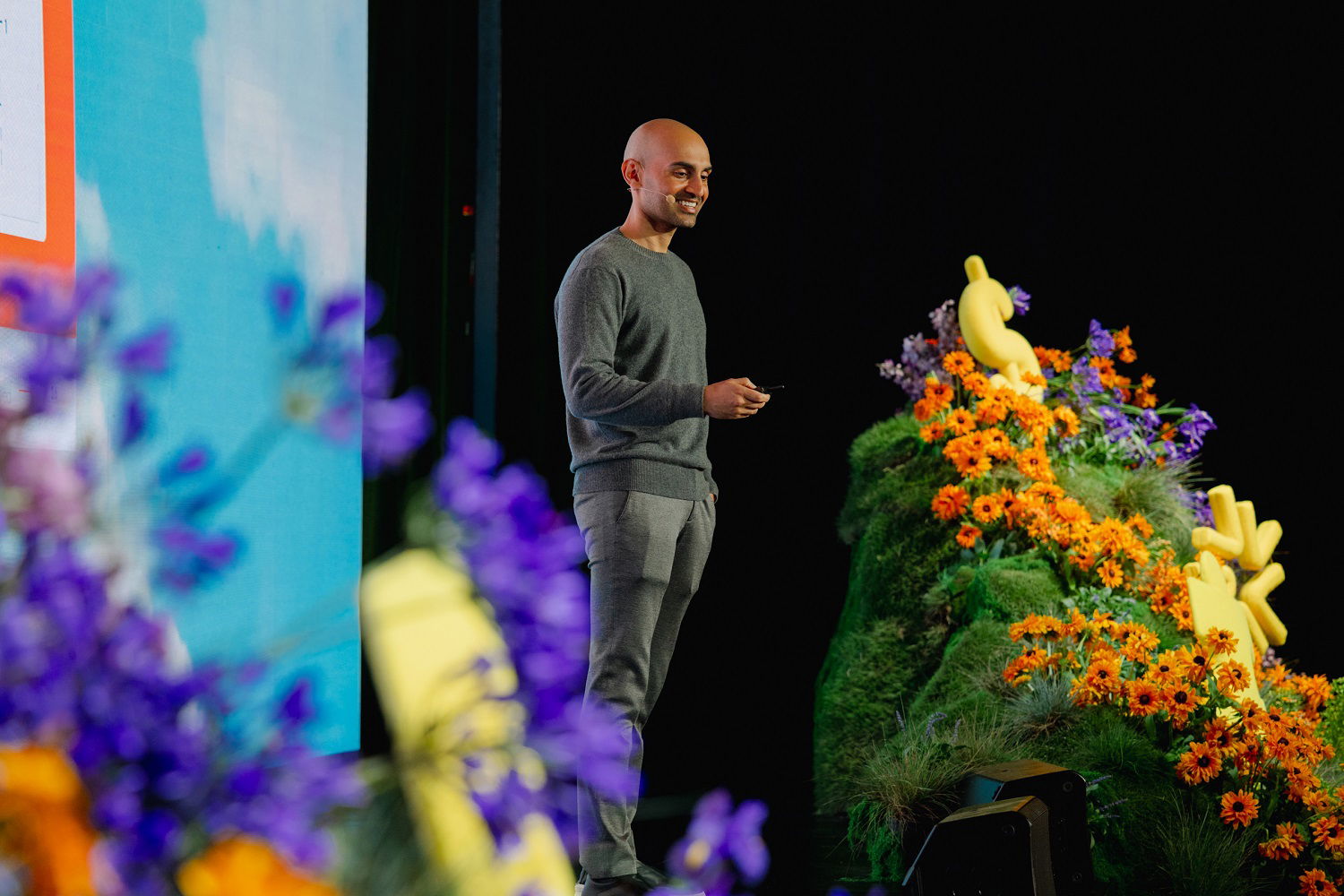
Email is making a comeback in marketers' playbooks - how Mailchimp plans to lead it
share on
As marketing budgets tighten and customer attention fragments, one of the oldest digital channels is staging a quiet comeback. Email marketing, long considered the workhorse of digital communication, is now being re-evaluated as a powerful and underutilised channel - and Mailchimp is betting big on Australia as it scales up operations to capture that opportunity.
Speaking to Marketing-Interactive at the company’s FWD: Sydney event last week, Mailchimp’s APAC regional director Anthony Capano said email is emerging as a growth driver for brands looking to better engage existing customers and deliver measurable ROI.
“We’ve seen a return to owned assets, and a lot of that data sits within email,” Capano said. “Brands are looking at how they can drive growth by re-engaging their existing customers.”
Email’s ROI case strengthens as media costs rise
Capano argued that rising media costs, increasing CPMs, and audience saturation are forcing marketers to re-evaluate how they allocate spend across the funnel. “I don’t know many marketing budgets that are going up,” he said. “Often, they’re stagnant or being reduced - and marketers are having to make harder decisions.”
That pressure is driving renewed interest in owned channels such as email and SMS, as brands seek to balance acquisition with retention strategies.
“Email is not a huge media buy - it’s your own asset,” Capano said. “But you need to invest time and effort in it to make it work.”
Hyper-personalisation and AI is reshaping email
One of the key themes at Mailchimp’s FWD event was how new technology is reshaping the fundamentals of email. Capano said the future of email marketing is hyper-personalisation at scale - and Mailchimp is integrating AI capabilities to make that easier for brands of all sizes.
“Consumers are asking for more now. They don’t want a spray and pray approach,” he said. “They want relevant communication based on behaviour and preferences.”

That sentiment was echoed by Neil Patel, founder of NP Digital, who said personalisation is the new segmentation. “With AI, you can send one-to-one emails and even adjust images in real time based on what you know about your audience.”
Patel also stressed that email remains one of the most effective direct response channels available. “Companies don’t spend as much on email as they do on Google or social, but it’s typically a channel that’s under-invested in based on the return.”
A local push for Mailchimp
Beyond the product roadmap, Mailchimp is also investing in Australia to sharpen its presence and service capabilities. Despite having thousands of local customers, Capano noted the company only began hiring an Australian team over the past year.
“Australia is one of our biggest markets globally,” Capano said. “We’ve serviced the market for 20 years, but we’re only just getting started with people on the ground.”
The company has also launched a strategic agency partner program in Australia, aimed at working more closely with local agencies to deliver email and marketing automation solutions.
“We’re seeing that agencies still fuel a lot of growth in this market,” Capano said. “We’re focused on giving them the tools, training and support to help brands use email more effectively.”
The case for email in a saturated media landscape
Capano said email’s resurgence is being driven not just by cost pressures but by changing audience behaviour. “The media landscape has become more complex, saturated and costly,” he said. “Marketers need to go back to basics and focus on the channels that drive performance.”
With social media engagement falling, organic search becoming harder to win, and third-party cookie deprecation looming, Capano believes email marketing is once again proving its value as a reliable, high-ROI channel.
“The future is about smarter, more personalised email - and marketers who invest in getting it right will see the returns.”
share on
Free newsletter
Get the daily lowdown on Asia's top marketing stories.
We break down the big and messy topics of the day so you're updated on the most important developments in Asia's marketing development – for free.
subscribe now open in new window
